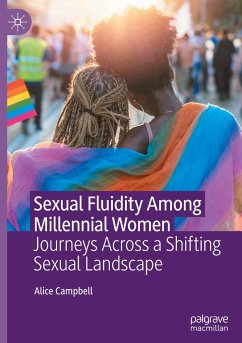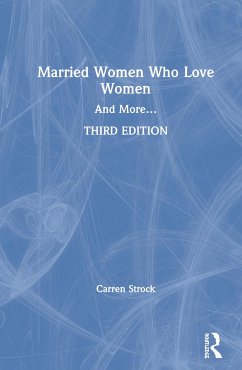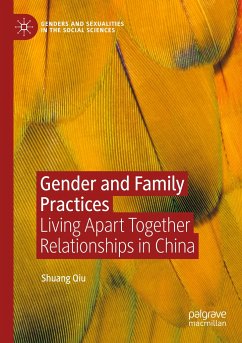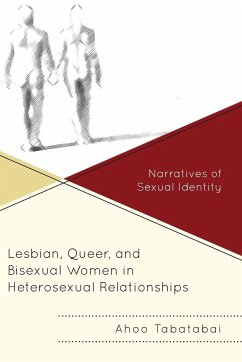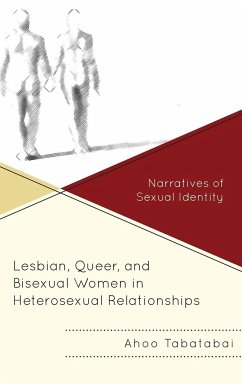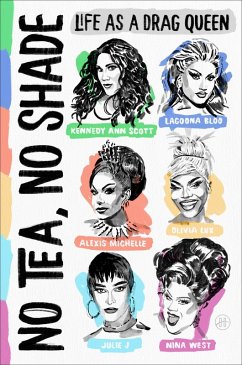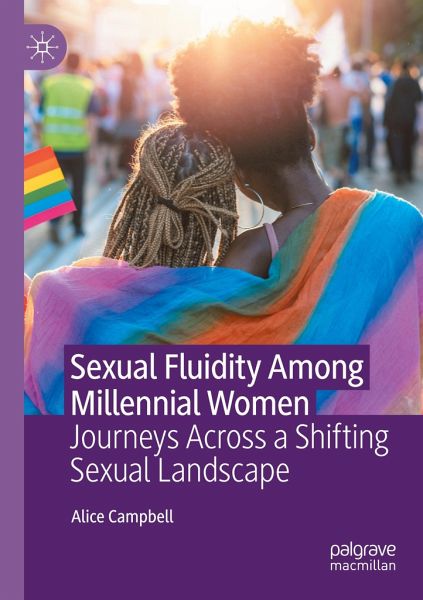
Sexual Fluidity Among Millennial Women
Journeys Across a Shifting Sexual Landscape
Versandkostenfrei!
Versandfertig in 6-10 Tagen
76,99 €
inkl. MwSt.
Weitere Ausgaben:

PAYBACK Punkte
38 °P sammeln!
Drawing on data collected from over 8,000 millennial women in Australia, this book proposes a new theory of women's sexual identity that accounts for various sociocultural, historical, and interactional factors that inform women's sexualities. The author provides a new model for understanding changes in sexual identity among women. Each new chapter focuses on a new aspect of their model: the contemporary context in which women are navigating sexual identities; sexual landscapes and the degree of heteronormativity that characterizes various sexual landscapes; experiences of sexual violence and ...
Drawing on data collected from over 8,000 millennial women in Australia, this book proposes a new theory of women's sexual identity that accounts for various sociocultural, historical, and interactional factors that inform women's sexualities. The author provides a new model for understanding changes in sexual identity among women. Each new chapter focuses on a new aspect of their model: the contemporary context in which women are navigating sexual identities; sexual landscapes and the degree of heteronormativity that characterizes various sexual landscapes; experiences of sexual violence and their potential associations with the sexual trajectories of women; and the potential health and wellbeing implications of changes in sexual identity. Taken as a whole, this text challenges the essentialist framing of the "species" narrative in favor of a more nuanced and socially situated analysis of women's sexualities throughout the life course.
This monograph will be of interestto scholars and students in sociology, gender and sexuality studies, and psychology.
This monograph will be of interestto scholars and students in sociology, gender and sexuality studies, and psychology.





